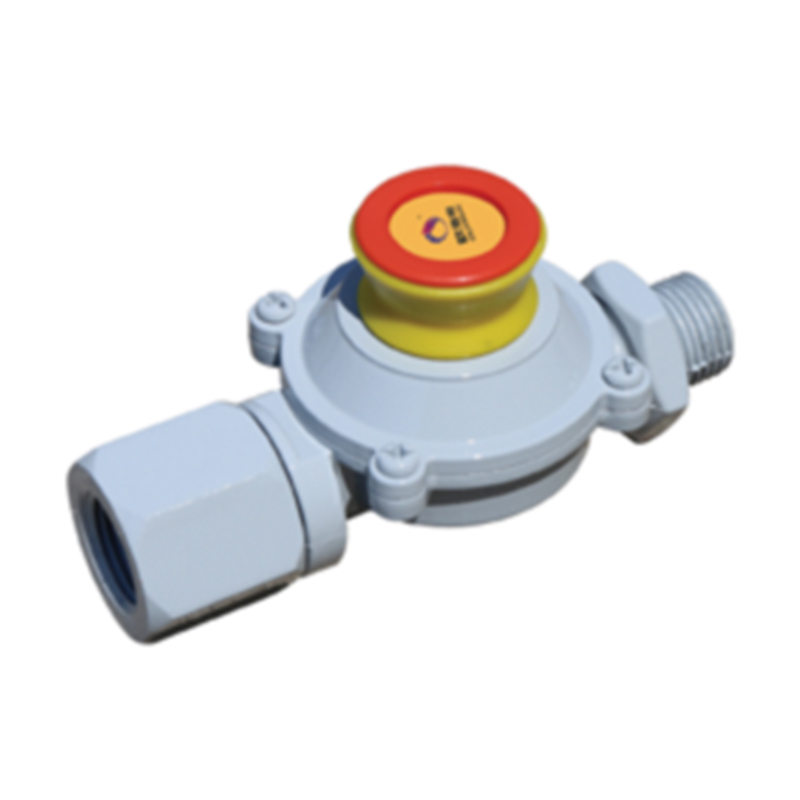
Nov . 15, 2024 04:41
Back to list
electric heaters
Understanding Electric Heaters A Comprehensive Guide
Electric heaters are essential appliances in many households, especially during the colder months. They provide an efficient and convenient means of heating spaces, whether small rooms or larger areas. In this article, we will explore the different types of electric heaters, their advantages and disadvantages, and tips for safe usage.
Types of Electric Heaters
1. Convection Heaters These heaters warm the air in a room by circulating it. They operate using a heating element that warms the air directly above it; as the air heats up, it rises, while cooler air is drawn in from below. This continuous cycle helps distribute warmth evenly throughout the room. They are great for maintaining a consistent temperature.
2. Radiant Heaters Unlike convection heaters, radiant heaters emit infrared radiation that directly heats objects and people within their line of sight. They are usually quick to warm up and are effective for spot heating, making them ideal for smaller spaces or for use in specific areas like a desk or a couch.
3. Fan Heaters These heaters combine a heating element with a fan to blow warm air into the room more rapidly. They are usually portable and can heat up a space quickly, making them suitable for offices and small rooms. However, they can be noisy and may not be as energy-efficient as other types.
4. Oil-Filled Radiators These heaters are filled with oil that is heated by an internal electrical element. The oil retains heat for a longer time than air, giving a more sustained warmth even after the heater has been turned off. They are rather silent and are known for their energy efficiency but can be bulky.
5. Infrared Heaters These heaters are a type of radiant heater that specifically uses infrared radiation. They are known for their energy efficiency, as they directly heat objects instead of warming the air. Infrared heaters can provide a cozy warmth, but their effectiveness decreases in larger or drafty spaces.
Advantages of Electric Heaters
- Convenience Electric heaters are usually easy to set up and operate. Most models just need to be plugged in, eliminating the need for extensive installation work.
- Safety Features Many electric heaters come with built-in safety features, such as tip-over protection and overheat shut-off, to prevent fires or accidents.
electric heaters

- Energy Efficiency Electric heaters can be more energy-efficient compared to traditional heating methods, especially if used strategically to heat specific areas rather than an entire home.
- No Need for Fuel Unlike gas heaters, electric heaters do not require any additional fuel sources, making them easier to use and less messy
.Disadvantages of Electric Heaters
- Higher Operating Costs Depending on local electricity rates, running an electric heater can be more expensive than other heating options over time.
- Limited Heat Output Electric heaters may not be sufficient for heating larger spaces effectively, as their output is generally lower than gas or central heating systems.
- Dependent on Electricity During power outages, electric heaters become inoperative, which can be a significant downside in areas prone to electrical issues.
Safety Tips
To ensure safe usage of electric heaters, follow these guidelines
- Always keep the heater on a flat, stable surface away from flammable materials. - Never leave a heater unattended, especially when sleeping. - Use a power strip with surge protection if multiple heaters are used. - Regularly check for damaged cords or plugs, and replace if necessary.
In conclusion, electric heaters offer a versatile and effective solution for keeping warm during chilly seasons. By understanding their types, advantages, and safety measures, users can make informed choices to enhance their comfort and maintain safety in their living spaces.
Next:
Latest news
-
Safety Valve Spring-Loaded Design Overpressure ProtectionNewsJul.25,2025
-
Precision Voltage Regulator AC5 Accuracy Grade PerformanceNewsJul.25,2025
-
Natural Gas Pressure Regulating Skid Industrial Pipeline ApplicationsNewsJul.25,2025
-
Natural Gas Filter Stainless Steel Mesh Element DesignNewsJul.25,2025
-
Gas Pressure Regulator Valve Direct-Acting Spring-Loaded DesignNewsJul.25,2025
-
Decompression Equipment Multi-Stage Heat Exchange System DesignNewsJul.25,2025

